Eyes on the Skies: How the April 8 Eclipse Became a Teaching and Learning Opportunity
April 09, 2024
Students, faculty, staff, alumni, community members, and even out-of-town visitors gathered on the UNT Dallas campus on April 8, 2024, to observe a rare total solar eclipse as it cut across Texas. The last total eclipse visible in Texas happened 146 years ago in 1878.
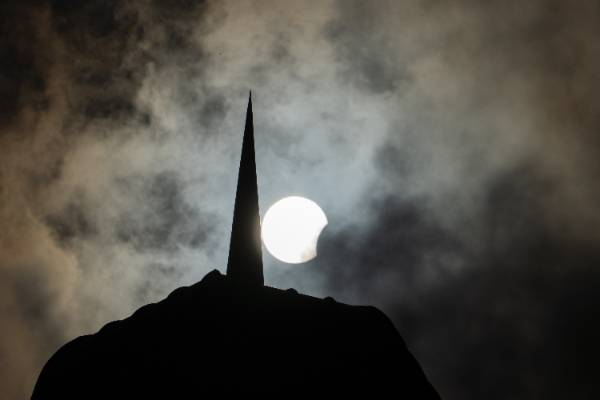
The once-in-a-lifetime event drew a crowd that included local and international guests. Not only did they get to experience the progressive darkness as the moon blocked the sun, but they also enjoyed science exhibits and demonstrations by students. It was the perfect opportunity to showcase UNT Dallas' commitment to its STEM curriculum and the preparation of students for science-related professions.
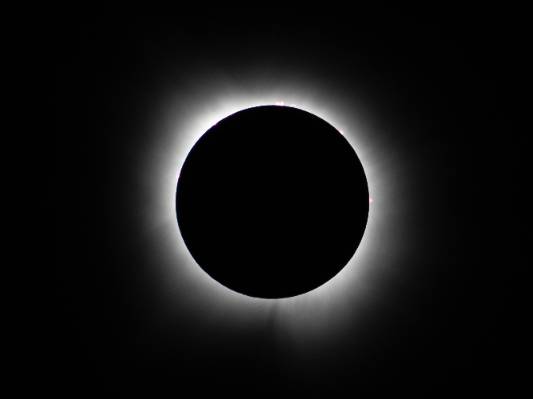
From seasoned sky watchers to budding enthusiasts and intrigued onlookers, the eclipse was an unforgettable experience. For educators and students, it presented a unique opportunity for hands-on learning and discovery.
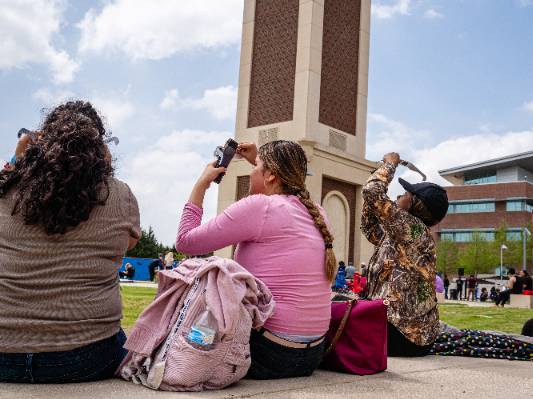
We were fortunate that Dr. Faranak Zarnani, a physics lecturer in the UNT Dallas Department of Natural Sciences, secure a grant from the American Astronomical Society to host our event. This prestigious grant, awarded to only 35 out of 152 applicants nationwide, funded the necessary viewing equipment and educational activities, including solar glasses, telescopes, and scientific sensors.
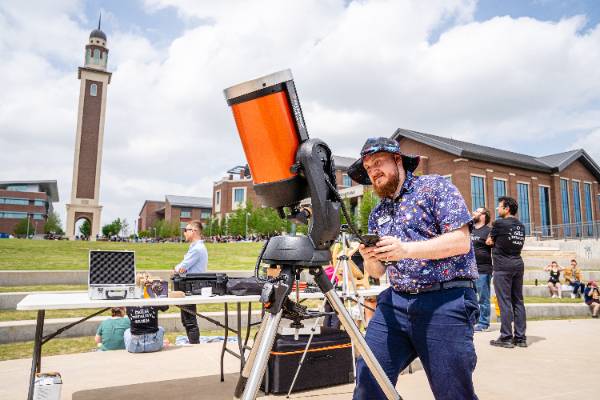
Dr. Zarnani used the occasion as a teaching tool for her students, collecting data during the event and assigning them projects in advance. You could see the hard work, diligent research and creative construction that went into the projects.
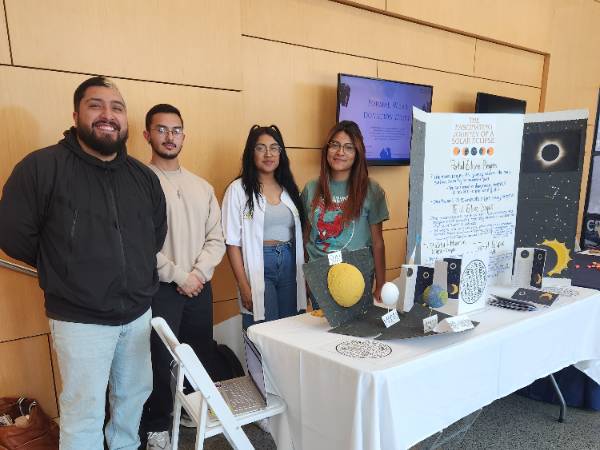
Watch party participants received free glasses and views through telescopes and enjoyed other fun activities. One tourist, a scientist from Japan, teared up at the emotion of witnessing the eclipse and receiving such a warm welcome. “I had a valuable experience, “said Kosaku Okada. The total eclipse was amazing and so was your hospitality. I love Texas and UNT Dallas!”